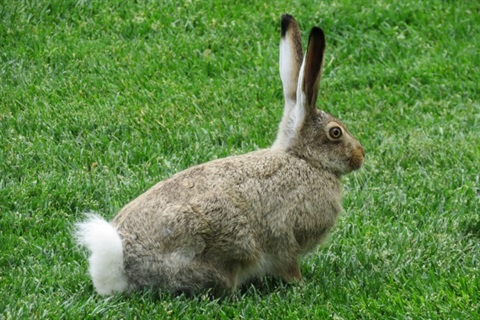Rabbit control

Rabbits compete with native animals for food and shelter and affect the diversity of local plants. Rabbits contribute to soil erosion in natural areas, residential areas and farming land, which impacts communities and the economy.
Managing rabbit populations
It is difficult managing rabbits in parks and reserves as these are close to residences, and are used for sports, dog walking and exercise.
We work with the Department of Primary Industries, Parks, Water and Environment on a Rabbit Haemorrhagic Disease program, which uses carrot treated with calicivirus in early autumn at specific parks and reserves. This strategy has not always contained rabbit numbers well enough to minimise damage.
We have also trialled trapping. We place untreated carrots in various locations and then place traps where they are eaten the most. Trapped rabbits are removed and humanely euthanised offsite.
Trapping is expensive so we only do it at sites where high numbers of rabbits are causing a lot of damage.
Information on rabbit control is available in the invasive species section of the Department of Primary Industries, Parks, Water and Environment website.